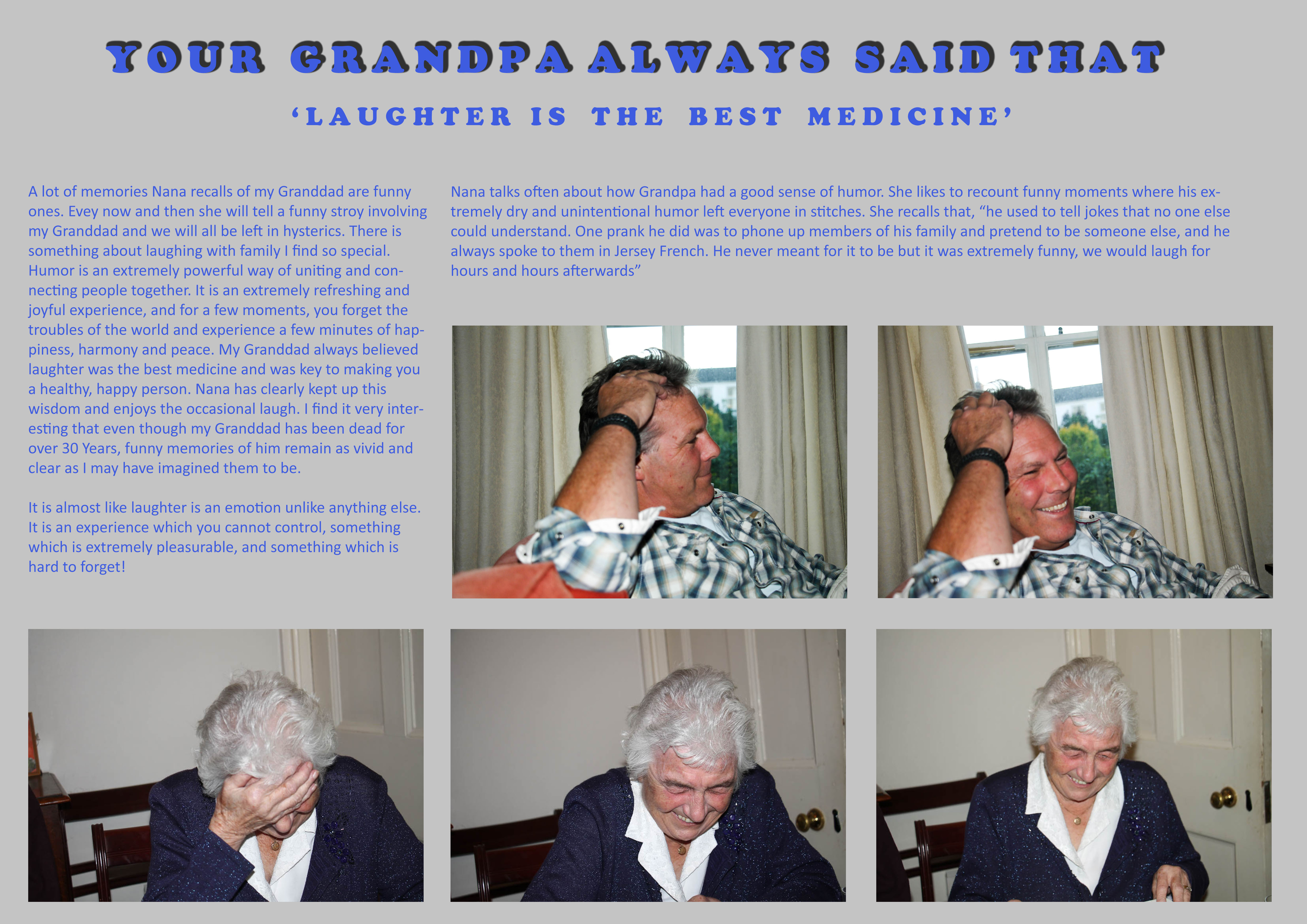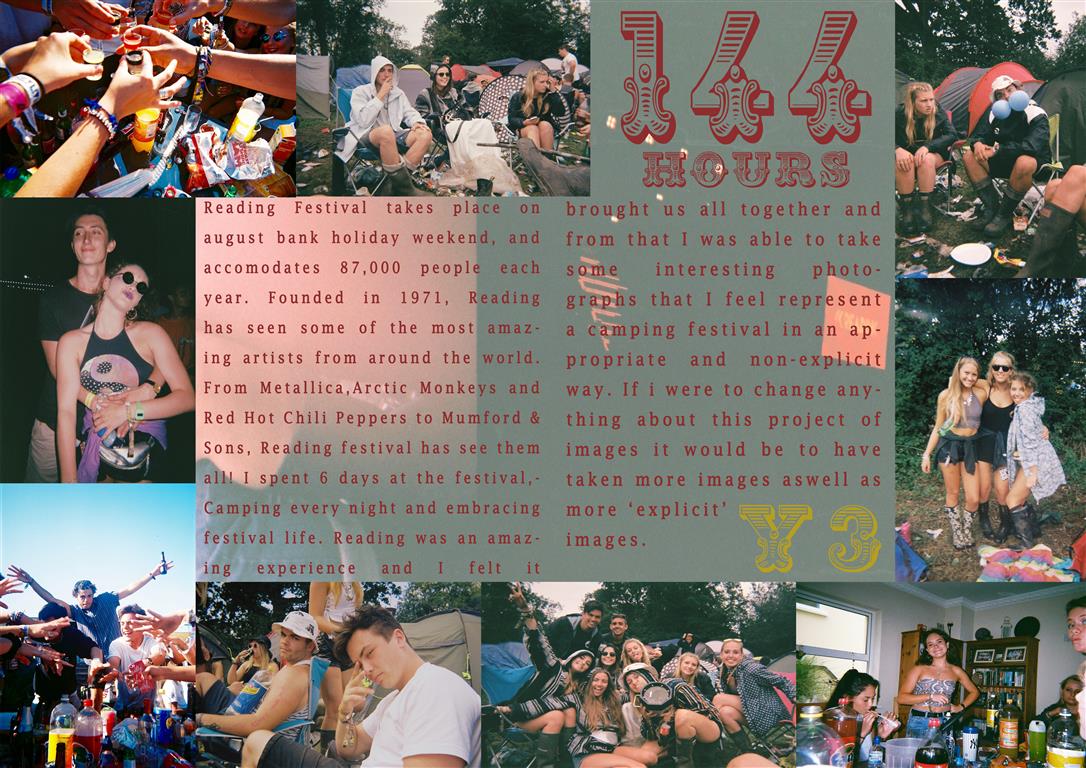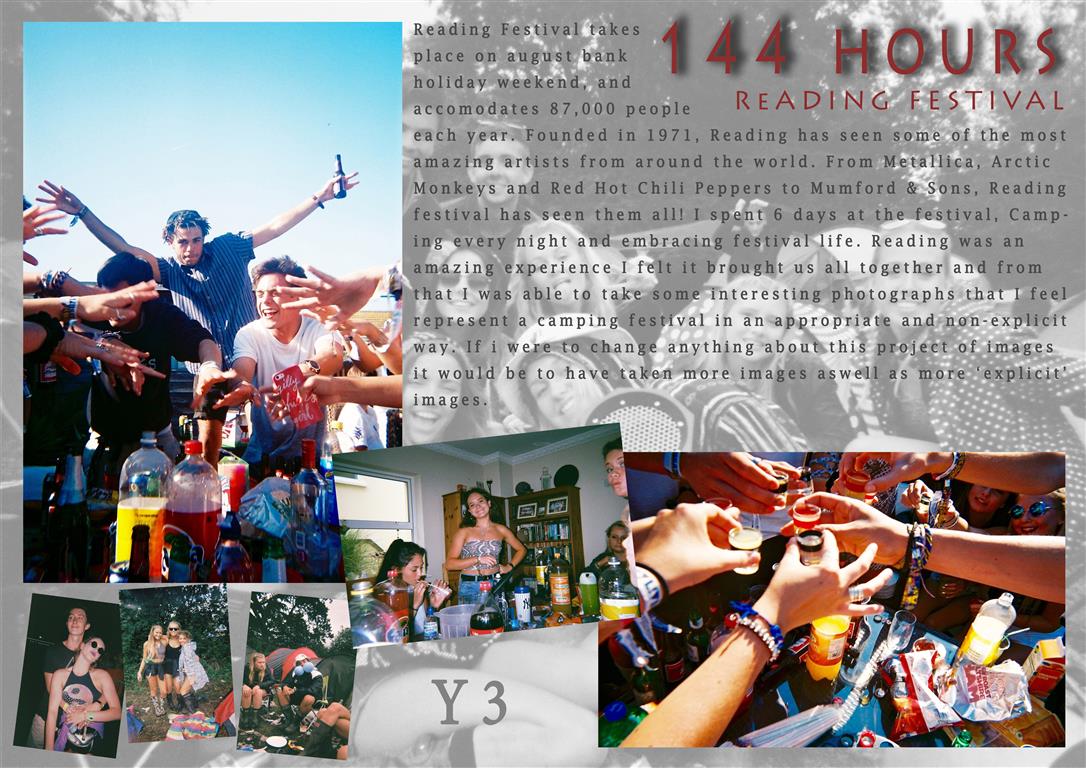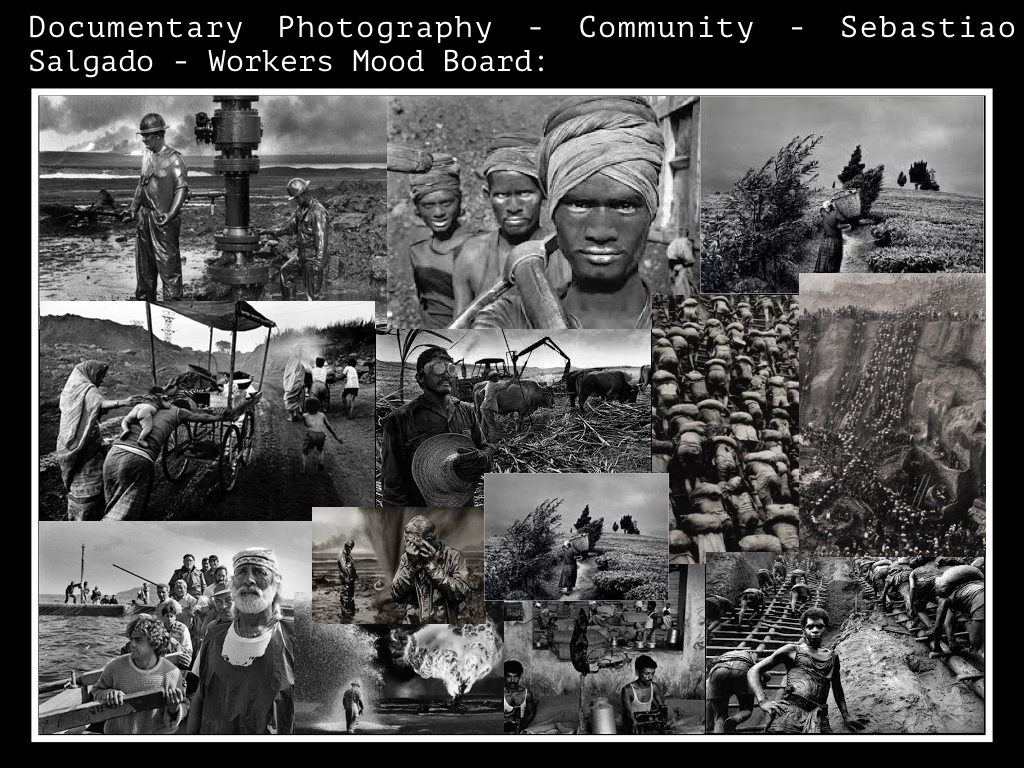Inspiration
It is unquestionable that the death of a loved one is extremely horrible and painful. However the phrase “time is a great healer” is extremely accurate. A reality of life is that people learn to cope with their love ones dying, a difficult but natural process. Grief is not a bad thing, it teaches people to accept that someone is gone and learn to move on with their lives. Grief is personal and subjective process and I believe it is deceptive to show grief as negative and soul destroying. Death is a major taboo in western society, and it is considered wrong or insensitive to grief in a way other than solemn reflection. A lot of non-western cultures, especially in Africa and South America for instance treat death and funerals as a major celebration that is reflective of happiness and joy. In Atzec dominant regions of Mexico for example, they have a celebration known as ‘Dia de los Muertos’, meaning ‘Day of the Dead’, a ceremony in which people celebrate the lives of their passed loved ones in a very open way. This alternative view of death is very interesting.
My thoughts
A big issue I have had recently is my representation of Nana in my photographs. A lot of my images seem to represent Nana in a way which is sombre and sad all the time. Whilst it is true that Nana misses him greatly, it is not fair to say that she spends her whole time alone or sad. My Granddad died over 30 years ago. It is simply untrue to say that Nana has spent every single day of this existence sad and unhappy. Instead, she carries his memory on through the joy he brought his family, his achievements and the example he can set for everyone moving forward. Nana has never been uncomfortable talking about him. A large part of her grieving process was and still is laughter. She is always recounting jokes about my Granddad, remembering the life he lived, not that he is no longer hear. This I feel brings her great solace and comfort and so of course be represented in this project.
Analysis
Therefore this picture story is my way of questioning my own style of portraying Nana in this project. Instead of just portraying her as sad for my Granddad’s passing, I want to represent the more pragmatic viewpoint that although she misses him greatly, the thought of him does not actually sadden or distress her. She still has a lot of reason to be happy in her life, a lot of family and a modest amount of close and long-standing friendships. It is important to show this part of Nana’s life as it is a more honest way of presenting the type of person she is, someone who struggles with loneliness and grief, yet at the same time someone who embraces life as something which is joyful and precious.
Summary
I like the idea of what I have done because it is a very simplistic idea. I enjoyed making the picture story and it was refreshing to create images of Nana which are happy and joyful, something I should do a lot more often moving forward in this project. My Granddad at the end of the day was a normal man who liked to have fun. Nana recalls that he always believed, “laughter is the best medicine”, which is what I have based this picture story on. I don’t think he would want his family to think of him in a sad or tragic way. Of course it is sad that I never got to meet him, but and the same time and I think he would be pleased that Nana is keeping his memory alive in a happy and positive way, and that his existence was never something suppressed behind a taboo of the fact he is dead.
Here is an extract from a documentary looking about how the Aztec’s view death. The contrast with how we as western countries view death is startling and interesting to reflect on.




















.jpg)










